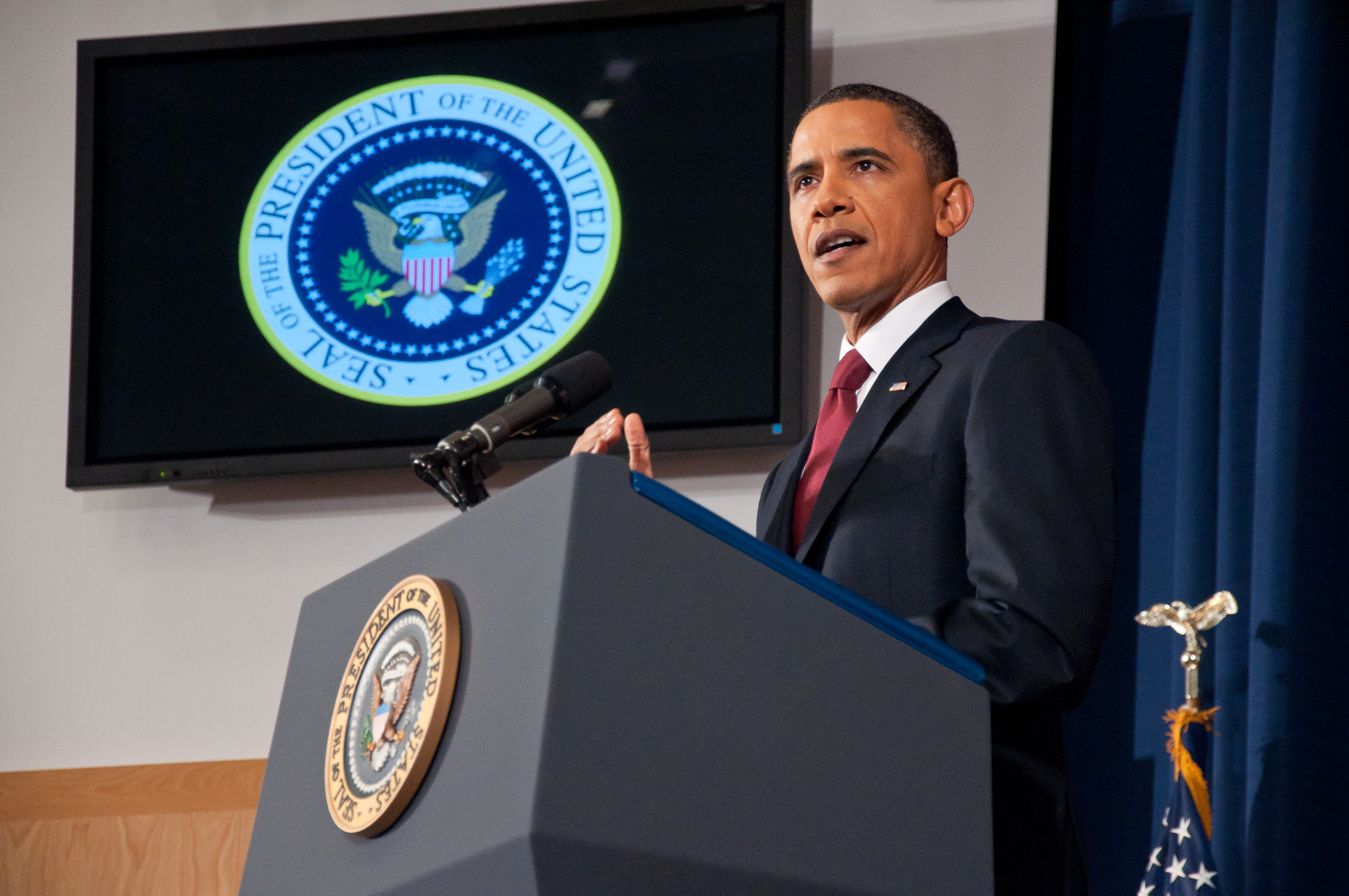Responsibility to protect (International law)
Enlarge text Shrink text- Work cat: The responsibility to protect and international law, 2011:p. 4 of cover (The Responsibility to Protect (R2P) is a major new international principle adopted unanimously in 2005 by Heads of State and Government)
- Max Planck encyclopedia of public international law WWW site, last updated July 2006; searched Aug. 23, 2011(article entitled: Responsibility to protect; entered the vocabulary of int'l law in 2001)
- UNBIS thesaurus WWW site, searched Aug. 23, 2011(thesaurus term: Responsibility to protect; used for: R2P; "Humanitarian intervention" is listed as one of the related terms)
- International Coalition for the Responsibility to Protect WWW site, viewed Aug. 22, 2011(The responsibility to protect is a new international security and human rights norm to address the international community's failure to prevent and stop genocides, war crimes, ethnic cleansing, and crimes against humanity)
- Wikipedia, searched Aug. 22, 2011(article on: Responsibility to protect; The responsibility to protect (RtoP or R2P) is a norm or set of principles based on the idea that sovereignty is not a privilege, but a responsibility. RtoP is a norm, not a law)
The responsibility to protect (R2P or RtoP) is a global political commitment which was endorsed by the United Nations General Assembly at the 2005 World Summit in order to address its four key concerns to prevent genocide, war crimes, ethnic cleansing and crimes against humanity. The doctrine is regarded as a unanimous and well-established international norm over the past two decades. The principle of the responsibility to protect is based upon the underlying premise that sovereignty entails a responsibility to protect all populations from mass atrocity crimes and human rights violations. The principle is based on a respect for the norms and principles of international law, especially the underlying principles of law relating to sovereignty, peace and security, human rights, and armed conflict. The R2P has three pillars: Pillar I: The protection responsibilities of the state – "Each individual state has the responsibility to protect its population from genocide, war crimes, ethnic cleansing, and crimes against humanity" Pillar II: International assistance and capacity-building – States pledge to assist each other in their protection responsibilities Pillar III: Timely and decisive collective response – If any state is "manifestly failing" in its protection responsibilities, then states should take collective action to protect the population. While there is agreement among states about the responsibility to protect, there is persistent contestation about the applicability of the third pillar in practice. The responsibility to protect provides a framework for employing measures that already exist (i.e., mediation, early warning mechanisms, economic sanctions, and chapter VII powers) to prevent atrocity crimes and to protect civilians from their occurrence. The authority to employ the use of force under the framework of the responsibility to protect rests solely with United Nations Security Council and is considered a measure of last resort. The responsibility to protect has been the subject of considerable debate, particularly regarding the implementation of the principle by various actors in the context of country-specific situations, such as Libya, Syria, Sudan, Kenya, Ukraine, Venezuela, and Palestine, for example.
Read more on Wikipedia >
 Topic
Topic



